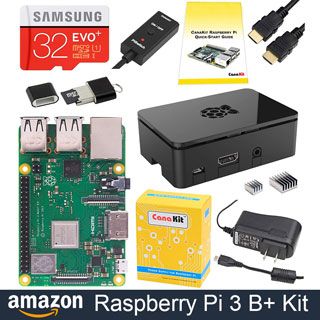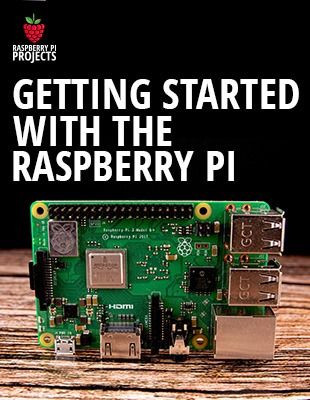10 Things You Need to Know about Raspberry Pi Pico
10: The Raspberry Pi Pico measures 2 inches by .82 and at its thickest point with the microUSB connector is .15 inches and features the RP2040 microcontroller chip.
9: Programming languages for the Pico include C, C++ or MicroPython.
8: You can write, build, and load code for your Pico board from your Raspberry Pi 400, Raspberry Pi 4 , Raspberry Pi 3, Windows or Mac computer.
7: Loading your code to the Pico board is as simple as drag and drop via USB cable.
6: The Raspberry Pi Pico board includes a temperature sensor, clock and timer.
5: The RP2040 is the first microcontroller chip for Raspberry Pi and was named 2040 for its specs, two is for 2 processor cores, zero is for M0+, 4 floors, and 0 floors if no on board non-volatile storage.
4: There are 20 pins on each side and 3 pins for debugging on the bottom. 26 pins are multi-function GPIO pins. 23 of the 26 GPIO pins are digital only and the other 3 pins are Analog to Digital capable. There are 2 SPI, 2 I2C, 2 UART, and 8 ground pins. Essentially this means that you have a variety of peripherals that you can connect such as this I2C display, and or reading a temperature and humidity sensor.
3: On the board, we have a bootSEL button and 1 led connected to GPIO25. 2: You’ll need a microUSB cable to power and transfer the code from your computer to your Pico board. You’ll also need a soldering iron and header pins, or purchase a Pico with pre-soldered header pins.
1: And because this is from the Raspberry Pi Foundation, the Pico is intended to be a tool for learning. Thus they provide a plethora of code samples. Additionally, the brand new microPython book for the Pico also launches today.
Getting Started with Pico – https://pico.raspberrypi.org/getting-started/
MicroPython on Raspberry Pi Pico book – https://hsmag.cc/picobook
Disclaimer: I received the Pico board from the Raspberry Pi Foundation in order for me to make this video. No other compensation was received. My opinions are my own.
source



